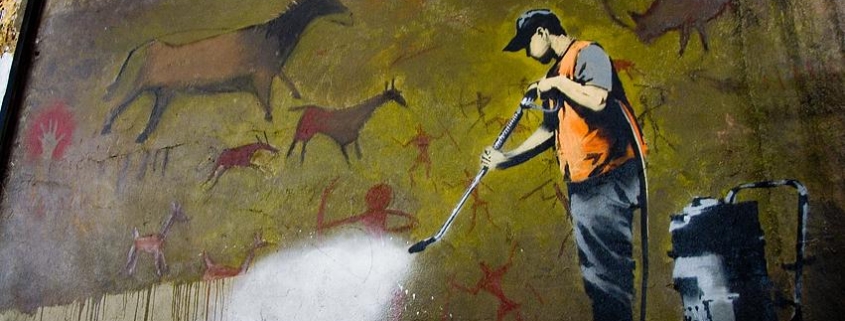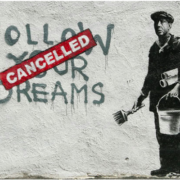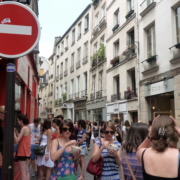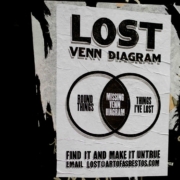Stop giving the Neanderthals so much credit. Why prehistoric cave painting is not graffiti
Some individuals suggest that the origins of graffiti date back to the prolific work of the late 1960s “Old School” New York City subway graffiti writers. Others may interject by saying that one need only look at the political slogans of “wall painters,” that appeared during the numerous domestic and international conflicts of the 20th century. And then there are commentators who announce that clearly the relatively abundent graffiti that was done during ancient times in places like Pompei, Rome, or around Greece.
Frequently, however, I read or hear people say that we are all wrong, because the earliest type of graffiti is the cave painting. In fact, many of us who are knowledgeable about graffiti and street art have done this at some point in time.
Why is this wrong?
Although connecting the origins of graffiti to cave painting is both romantic and provocative, it’s a highly flawed assertion. Why?
First, we don’t have perfect knowledge about what occurred in those caves inhabited by our Paleolithic cousins. But even if we did, there is no reason to believe that the markings were done without the consent of the person who lived or worked there and not some sort of an intruder.
Second, some people may have mistakenly inferred that Banksy, the infamous British street artist, has suggested that the origins of graffiti was cave art. To clarify, he has done at least two works referencing prehistoric art. The first, in 2005, was when he (and perhaps his team) smuggled a fake rock art piece of a caveman pushing a shopping cart into the British museum. (This work remained on display for three days before it was discovered and removed). The second, in 2008, is a wall Banksy did that resembled the prehistoric cave paintings in Lascaux, France, but with a city worker who was pressure washing it away. Although these pieces make reference to a continuum, neither of them explicitly or implicitly suggest that they the cave art is or was graffiti.
Third, in order to judge or perhaps legitimate the existence of an action, behavior, or even a body of work, some people and organizations feel compelled to go to great lengths find historical anchors, no matter how flimsy the evidence. We see this with political campaigns, in the web sites of academic institutions, and with large corporations. This may also be the case with graffiti and street art.
Fourth, one of the most important reasons why some people believe that cave paintings are graffiti, is a failure to understand different definitions of graffiti, of which there are many. Although numerous definitions abound, in general graffiti is a type of vandalism that involves the willful and unwarranted act of marking a surface (e.g., wall, post, etc.). And when we examine the prehistoric cave paintings regardless of location, we should quickly realize that the markings are not graffiti.
Solutions
There are a handful of important strategies to combat this sort of thinking. It’s absolutely necessary when one attempts to develop a graffiti and street art literacy, to consult reliable sources. This includes, respected experts and peer review research. An expert is not necessarily a practitioner like a person who does a lot of tagging. The writer may know the best spots to get up (i.e., place their tags), but s/he may not be as well informed as the next guy. And just because someone has lived experience, it does not mean they have deep knowledge about a subject.
Peer review research is the gold standard in scholarly circles. It’s cumbersome and imperfect, but it is better threshold from which to judge the veracity of statements than lots of information that is readily available on the world wide web. More specifically, as of this writing there are two journals that specialize in publishing scholarship on graffiti and street art, Nuart Journal and Urban Creativity, both on-line. But these publications are not the only places to look for peer reviewed research on graffiti and street art. Many of the art, urban studies, and social science journals have occasional articles about graffiti and street art. Also there are an increasing number of peer reviewed books that are published that examine graffiti.
Thus it is time to stop blaming the caveman and do some homework when tracing back the origins of graffiti.
Photo Credit: Chris Beckett
Banksy, Council worker cleaning up the cave paintings – The Cans Festival, Waterloo, London











